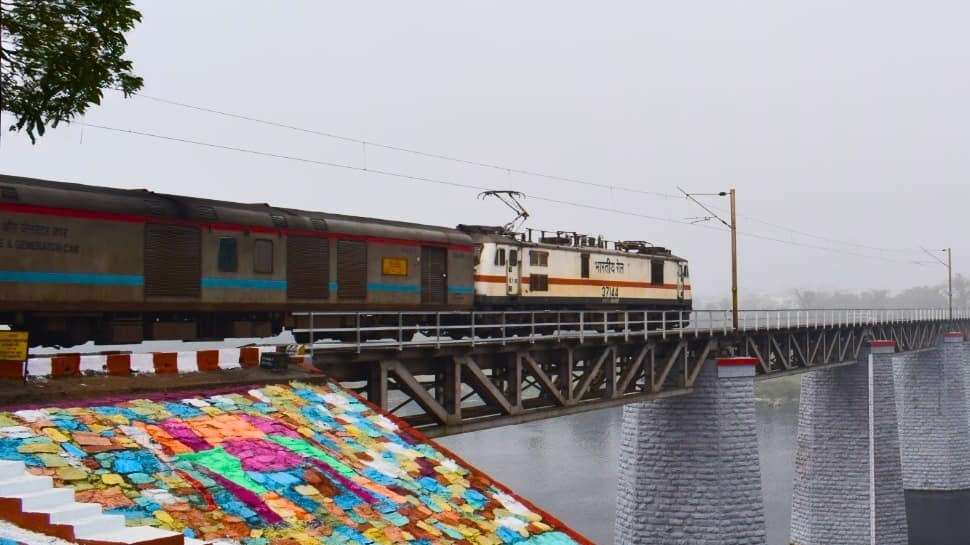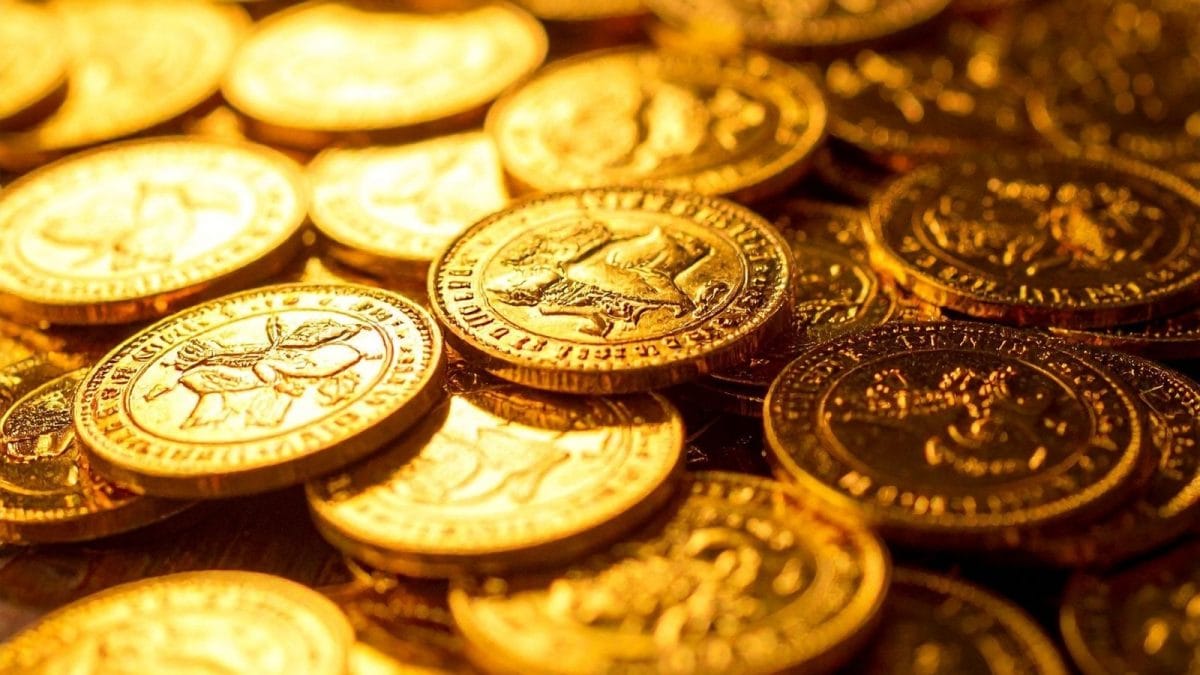Business
Dhanteras Engine Fires Up Auto Market: Over 1 lakh Cars Delivered In 24 Hours

New Delhi: The festive spirit roared through India’s automobile market this Dhanteras, as automakers clocked record-breaking deliveries, crossing the 100,000 mark within just 24 hours, according to industry sources. Driven by robust festive demand and the positive impact of GST 2.0 reforms, the auto sector saw one of its strongest single-day performances in years.
According to industry estimates, these deliveries translated into sales worth Rs 8,500–10,000 crore in a single day, based on an average vehicle price of Rs 8.5–10 lakh. Leading carmakers including Maruti Suzuki India (MSIL), Tata Motors Passenger Vehicles, and Hyundai Motor India (HMIL) reported record sales this festive season, as consumer confidence hit a high gear.
Amit Kamat, Chief Commercial Officer at Tata Motors Passenger Vehicles Ltd, said that this year’s Dhanteras and Diwali deliveries were spread over two to three days, aligning with auspicious muhurat timings.
“Overall demand has been robust, and the GST 2.0 reform has further provided positive momentum. We expect to deliver over 25,000 vehicles during this period,” he noted. Echoing the sentiment, Tarun Garg, Whole-time Director and COO of Hyundai Motor India Ltd, said the company witnessed strong customer demand, with deliveries expected to touch around 14,000 units — nearly 20 per cent higher than last year.
The broader festive season has also fuelled consumer spending across other sectors. Gold and silver sales surged over 25 per cent in value, while overall Dhanteras trade was estimated to have crossed Rs 1 lakh crore, according to the Confederation of All India Traders (CAIT).
The All India Gem and Jewellery Domestic Council (GJC) reported strong buying activity following a sharp correction in gold prices. “We expect festive sales to cross Rs 50,000 crore this season. Despite high gold and silver prices, consumer sentiment is upbeat, driven by early wedding purchases and strategic festive buying,” said GJC Chairman Rajesh Rokde.
From automobiles to jewellery, the Diwali season has brought a wave of optimism to India’s retail landscape. Experts say the combination of festive spirit, economic recovery, and tax reforms under GST 2.0 has reignited consumer sentiment — making this one of the most buoyant festive seasons in recent memory.
Business
Power as ‘currency’: Experts say data centre growth lifts demand; India poised for global leadership – The Times of India

India’s expanding data centre and artificial intelligence ecosystem could position the country as a global leader in power trade, with experts pointing to surplus electricity capacity and rapid reforms in the power distribution sector, according to speakers at a national conference on energy and technology.Speaking at the National Conference on AI and Machine Learning based solutions in the power sector, Jitendra Srivastava, chairman and managing director of REC Limited, said the rapid rise of AI and data centres is creating a new era where electricity itself becomes a strategic asset, according to ANI.“With the exploding growth of artificial intelligence, with the exploding growth of data centres, with the sheer amount of power required to function these places…We are going to see an era when power will be the currency and we are uniquely placed with its huge potential with its already surplus status. We are poised to become world leaders. We are in a position where we can show the world that power is a tradable commodity and we can be global leaders in this,” Srivastava said.The conference brought together solution providers and power distribution companies with the aim of enabling collaboration and innovation. Shashank Mishra, Joint Secretary in the Ministry of Power, said the initiative was designed to create a common platform for developing new solutions.“Today we are bringing together solution providers and distribution companies on a single platform where they can interact and develop new solutions and ideas. We are also presenting several innovative concepts in the form of solutions, and the best among them will be awarded by the Minister of Power,” Mishra told ANI.He added that the government expects the initiative to be “a transformative” step for the sector.Highlighting ongoing reforms, Srivastava said the Ministry of Power has been driving changes under the Revamped Distribution Sector Scheme (RDSS), with smart metering forming a core pillar of the programme. He stressed that the benefits of smart meters can be fully realised only with the use of advanced analytics.“To understand the advantages of smart metering, it is essential to leverage the power of artificial intelligence and machine learning,” he said, adding that such tools can aid anti-theft measures, load forecasting and system rationalisation.According to Srivastava, the conference seeks to demonstrate how AI- and machine learning-based tools can improve consumer services, assist electricity regulators and help discoms function more efficiently.India’s energy sector has strengthened significantly in recent years, balancing rising demand with sustainability goals. Citing International Energy Agency projections, speakers noted that emerging and developing economies will account for about 85 per cent of the growth in global electricity demand over the next three years, with India playing a central role.As of June 2025, India’s total installed power capacity stood at 476 GW, while power shortages have declined sharply from 4.2 per cent in 2013-14 to 0.1 per cent in 2024-25, according to official data.
Business
‘Next big clean-up’: FM Sitharaman flags customs simplification; hints at duty rationalisation in Budget – The Times of India

Ahead of Budget 2026, Finance Minister Nirmala Sitharaman on Saturday said simplifying India’s customs framework will be the government’s next major reform focus, signalling a comprehensive clean-up aimed at making compliance easier and more transparent.Speaking at the HT Leadership Summit, Sitharaman said customs reforms would follow the rationalisation efforts already undertaken in income tax and Goods and Services Tax (GST) to boost consumption by leaving more cash in the hands of consumers, PTI reported.“We need a complete overhaul of customs… we need to have customs simplified for people to feel that it is not cumbersome to comply… need to make it more transparent,” the finance minister said.She said the government intends to bring the same virtues of transparency and ease that guided income-tax reforms to the customs regime, adding that the proposed changes would include further rationalisation of customs duty rates.The finance minister indicated that announcements to this effect may be made in the Union Budget, likely to be presented on February 1.“We have brought down customs duty over the last two years steadily. But in those few items where our rates are considered to be over the optimal level, we have to bring them down as well. Customs is my next big cleaning-up assignment,” she said.In this year’s Budget, the government proposed eliminating seven additional customs tariff rates on industrial goods, following the removal of seven tariff slabs in 2023-24. This reduced the total number of customs tariff slabs to eight, including a zero rate.On the rupee’s sharp depreciation, Sitharaman said the currency would find its natural level. The rupee has weakened about 5 per cent against the US dollar during calendar year 2025.The currency breached the 90-per-dollar mark for the first time earlier this week, settling at a provisional all-time low of 90.21 amid sustained foreign fund outflows and elevated crude oil prices, PTI noted.On economic growth, Sitharaman expressed confidence that India’s GDP expansion would remain at 7 per cent or above in the current financial year.The Indian economy grew at a six-quarter high of 8.2 per cent in the July-September quarter, aided by stronger factory output and robust services-sector performance, offsetting a slowdown in farm output. Growth stood at 7.8 per cent in the preceding quarter and 5.6 per cent a year earlier.For the first half of the financial year ended September, India clocked GDP growth of 8 per cent.
Business
Smartworld Developers enters Noida, to invest Rs 2K cr on 1st realty project – The Times of India

Realty firm Smartworld Developers will invest around Rs 2,000 crore to build its first project in Noida, as part of the company’s plan to expand beyond the Gurugram property market. Smartworld Developers has announced its entry into Noida, which is an important micro-market in the Delhi-NCR. The company has acquired a 6-acre land parcel in Sector 98 along the Noida Expressway through an auction process for Rs 414 crore, it said in a statement. Smartworld Developers will build a mixed-use project comprising premium branded residences, high-street retail, and serviced homes. The company will invest around Rs 2,000 crore to build this project, while the estimated revenue exceeds Rs 3,000 crore. “Entry into Noida is a significant milestone for Smartworld Developers as we further strengthen our presence in the NCR region. Noida’s rapidly evolving infrastructure and its growing importance as a key real estate hub offer immense potential,” said Ashish Jerath, President – Sales & Marketing, Smartworld Developers. The company is in discussions with a leading global brand for a potential collaboration on the Noida project. Smartworld Developers clocked Rs 6,400 crore worth of sales bookings last fiscal year, a remarkable 60 per cent annual growth. Gurugram-based Smartworld Developers has delivered around 6.5 million sq ft to date, and another 20 million sq ft is currently under construction. According to real estate consultant PropTiger data, housing sales across eight major cities fell 95,547 units during the third quarter of this calendar year from 96,544 units in the corresponding period of the preceding year. Sales of residential properties in Delhi-NCR decreased 21 per cent to 7,961 units from 10,098 units, said PropTiger, which Aurum PropTech has recently acquired.
-

 Sports5 days ago
Sports5 days agoIndia Triumphs Over South Africa in First ODI Thanks to Kohli’s Heroics – SUCH TV
-

 Tech6 days ago
Tech6 days agoGet Your Steps In From Your Home Office With This Walking Pad—On Sale This Week
-

 Entertainment5 days ago
Entertainment5 days agoSadie Sink talks about the future of Max in ‘Stranger Things’
-

 Fashion5 days ago
Fashion5 days agoResults are in: US Black Friday store visits down, e-visits up, apparel shines
-

 Politics5 days ago
Politics5 days agoElon Musk reveals partner’s half-Indian roots, son’s middle name ‘Sekhar’
-

 Tech5 days ago
Tech5 days agoPrague’s City Center Sparkles, Buzzes, and Burns at the Signal Festival
-

 Sports5 days ago
Sports5 days agoBroncos secure thrilling OT victory over Commanders behind clutch performances
-

 Entertainment5 days ago
Entertainment5 days agoNatalia Dyer explains Nancy Wheeler’s key blunder in Stranger Things 5











